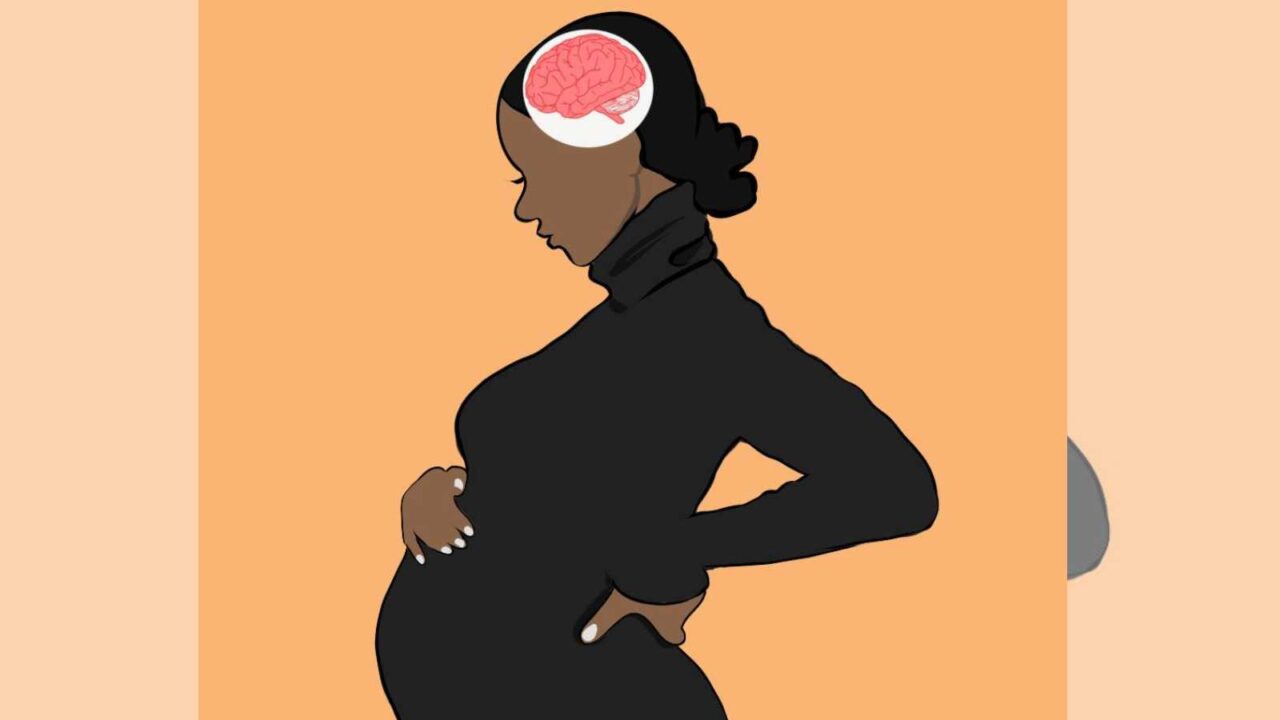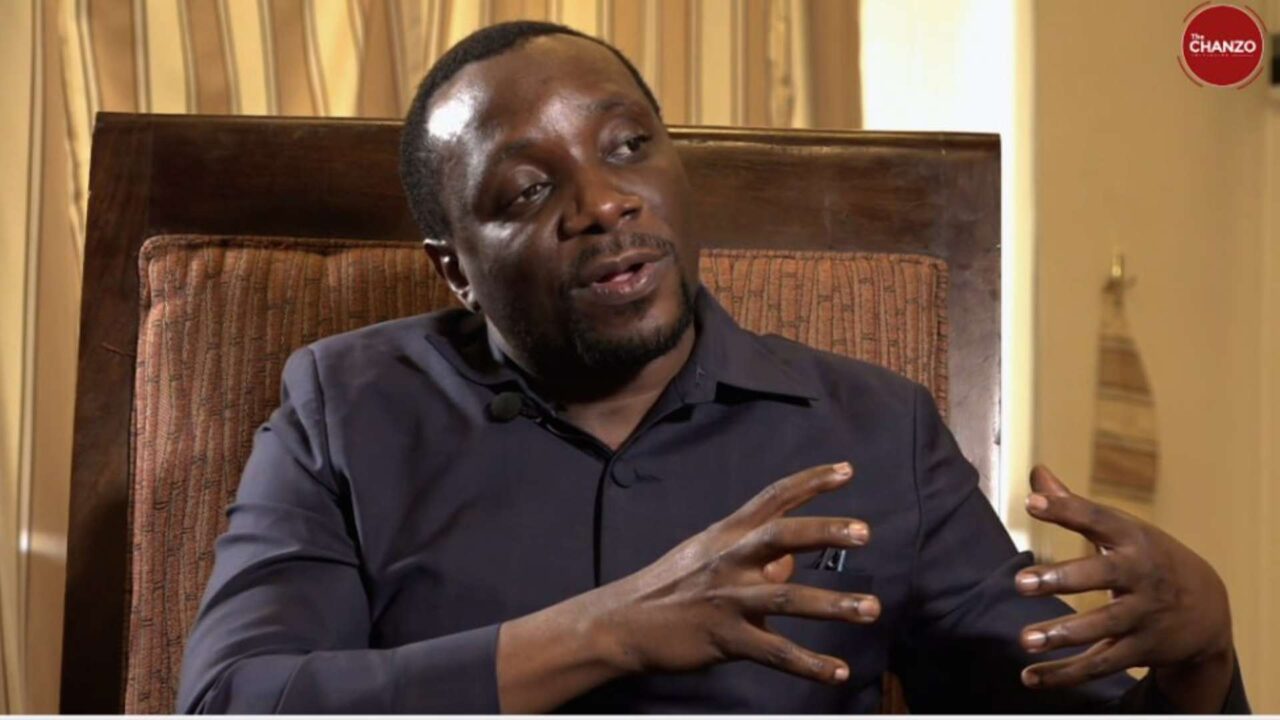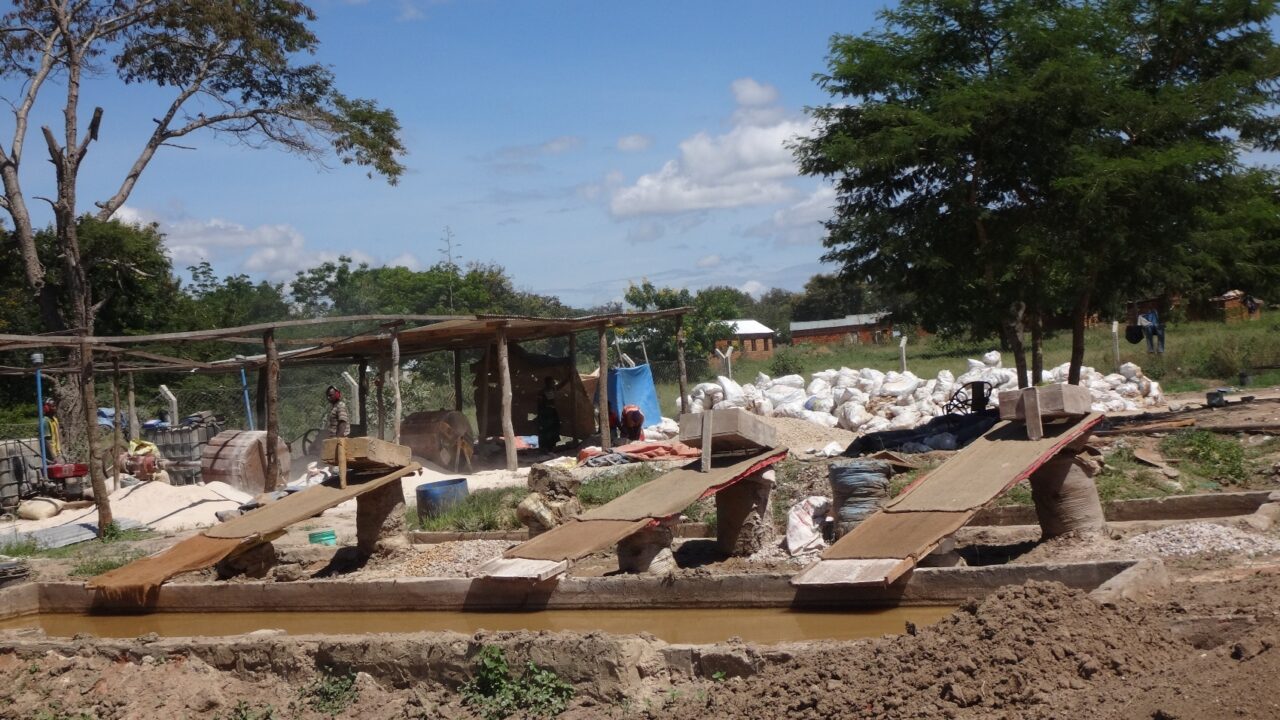Dar es Salaam. Tanzanians on Friday reflected on the future of their country, including debating the Union between Tanganyika and Zanzibar, which clocked sixty years since its formation, with opinions about the historic event remaining sharply divided among people from the two parts of the country.
During an X discussion that The Chanzo jointly hosted with the Dr Salim Ahmed Salim Digital Archive (SASDA), Tanzanians offered their assessment of the journey of the only remaining political union in Africa, appreciating the benefits it has brought forth and ways through which it can survive the storm.
Launched on September 30, 2023, to inform people about the life of the former Tanzanian prime minister, SASDA organised the discussion to increase public understanding of the significance of the Union between Tanganyika and Zanzibar, considered one of Tanzania’s outstanding values.
Speakers and participants in the discussion shared several proposals that the government and other stakeholders can use in their attempts to shape the Union and ensure that it lasts and serves the interests of all Tanzanians.
One of the most controversial topics about the Union between Tanganyika and Zanzibar is its structure. Unsurprisingly, this issue took centre stage in Friday’s discussion, with speakers and participants passionately arguing for what they considered to be the ideal structure of the Union.
Two-government structure
Togolani Mavura, Tanzania’s ambassador to South Korea, advocated for the Union’s current two-government structure to remain, claiming that not many people in the country have problems with the structure conceived by its founders, Julius Nyerere of Tanganyika and Abeid Amani Karume of Zanzibar.
READ MORE: Confederation or Not? Lessons From the Fall of Senegambia on Tanzania’s Union Future
“People who advocate for a one or three-government structure should put their arguments on the table that will convince us that that is a better alternative than the one we’ve now,” Mr Mavura said during the discussion. “And we can have a discussion in a very civilised manner.”
He cited figures collected by the Constitutional Review Commission in 2013, which show that among 351,664 people it reached across the country, only 47,820 people, or 13.6 per cent, expressed dissatisfaction with the Union and its current structure. 86.4 per cent of Tanzanians didn’t say anything about the Union.
“And if you look at the 13.6 per cent of people who spoke about the Union, there was also no consensus among them on the Union’s structure,” Mr Mavura added. “Those who advocated for a three-government structure were just 17,280, or 37 per cent, 29 per cent of them wanted a two-government structure, 25.3 per cent wanted a Union under a special arrangement, 7.7 per cent wanted a one-government structure.”
Identity issues
During the discussion, Mr Mavura also said that he identifies himself as a Tanzanian and not as a Tanganyikan, noting that the identity of many people born after the Union is that of Tanzania, and not the two countries that formed it.
“I was personally born in Tanzania, and I’ve never been a Tanganyikan,” Mr Mavura said. “I don’t envy those who were Tanganyikans, and even if you bring back Tanganyikanism today I cannot tell what that even means.”
READ MORE: The Meaning and Usage of Union Day Celebrations
However, lawyer and human rights activist Fatma Karume found many problems in Mr Mavura’s arguments, noting that his view, and many others in the ruling Chama cha Mapinduzi (CCM), raises several questions about the future of the Union.
Fatma, a grand-daughter of Zanzibar founding president Abeid Amani Karume, said Mr Mavura misread the statistics the Constitutional Review Commission provided, noting that if you disaggregated them in terms of Tanganyika and Zanzibar, they don’t sound that insignificant as he was trying to do.
Fatma, who advocates for a three-government structure, said it is unfortunate that people in Tanganyika do not identify themselves as such, something she said is different from Zanzibaris who identify themselves as Zanzibaris from Tanzania. She said she wished the same could be the case for the people of what it was Tanganyika.
“The problem is the structure of the Union,” Ms Fatma said during the discussion. “It is also problematic how people from Tanganyika identify themselves, which I think is a manifestation of an even bigger problem, which is the conflation of Tanganyika and Tanzania.”
“If you have Tanzanians who don’t realise that they’re first and foremost Tanganyikans, you realise that these people want to treat Tanzania as Tanganyika, which is impossible,” Ms Karume added. “We’ve to understand that both Tanganyikans and Zanzibaris met to form one country, but this didn’t kill their identities, and to think it did is to do ourselves a great dissrvice.”
Plaudits
With the exception of the debate on the structure of the Union, many participants of the one-hour-and-a-half discussion agreed that people who came together and maintained that union for six decades deserve plaudits.
READ MORE: Muungano: A Much-Needed Renewal of Vows
Aidan Eyakuze, whose Twaweza East Africa advocates for open governance and citizen participation, said it is very rare in the world to see two countries united over two generations ago still celebrating such a milestone.
“These countries, [Tanganyika and Zanzibar], united willingly, without anyone forcing the other,” Mr Eyakuze commented. “And we are still here, sixty years later. This is something that I’m deeply proud of.”




